Re: Marinha da Noruega
Enviado: Qui Nov 15, 2018 7:54 am
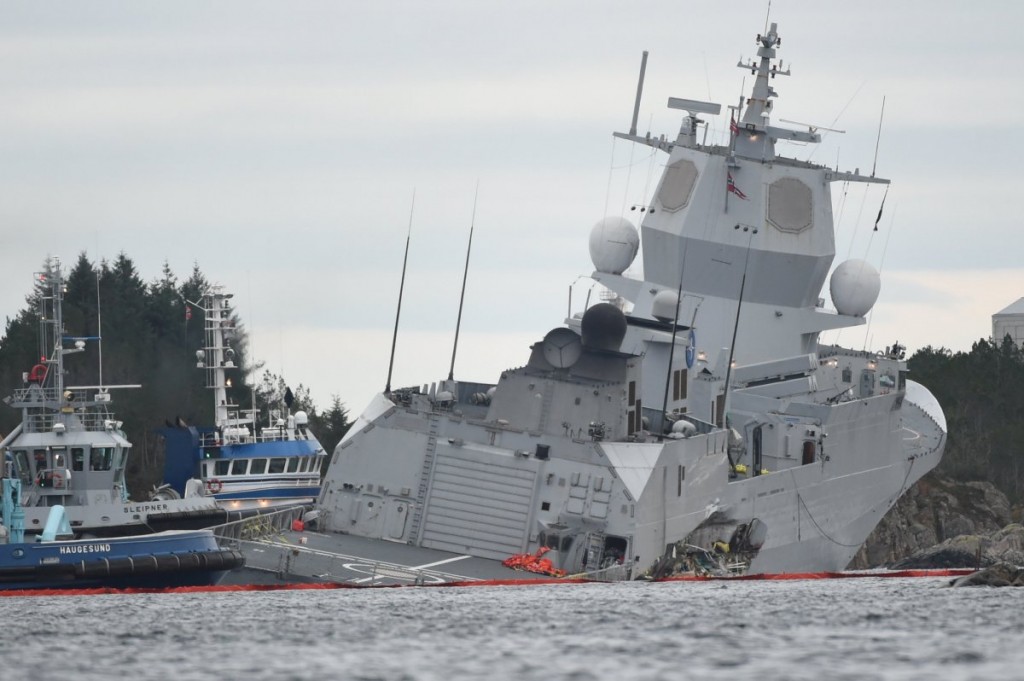
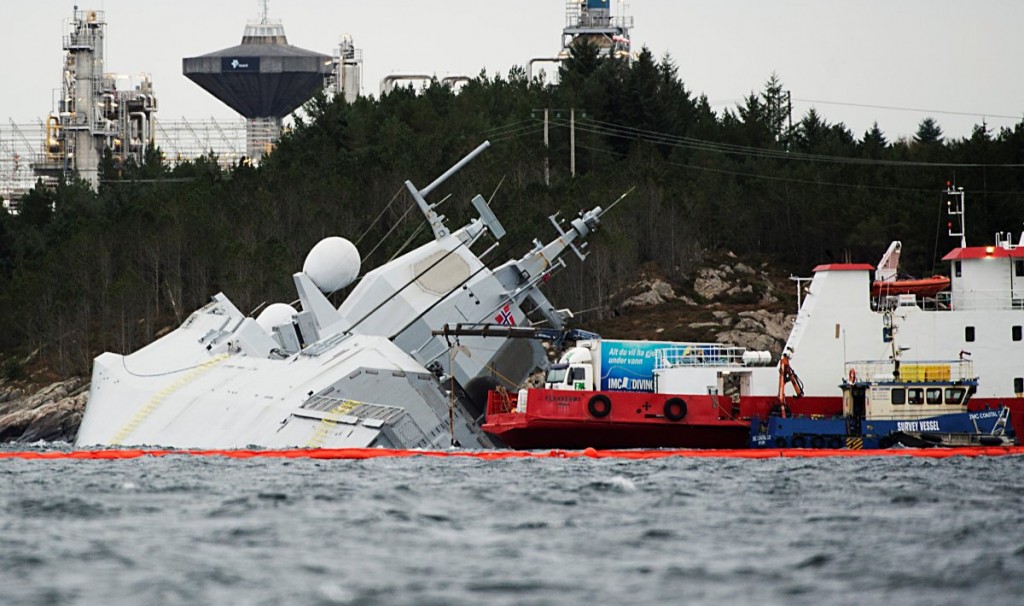
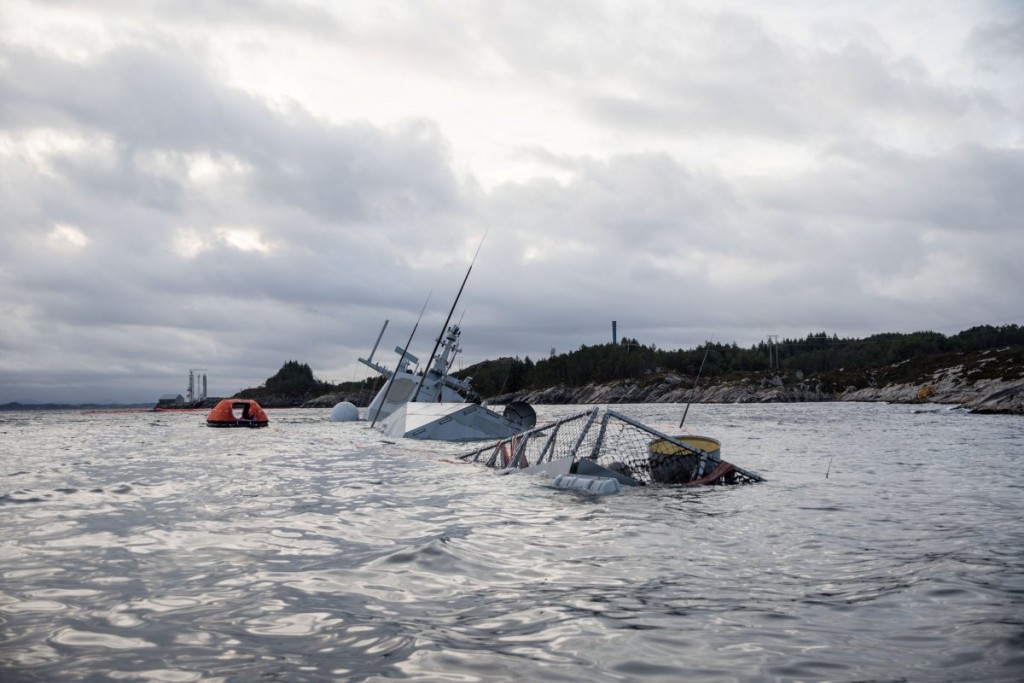
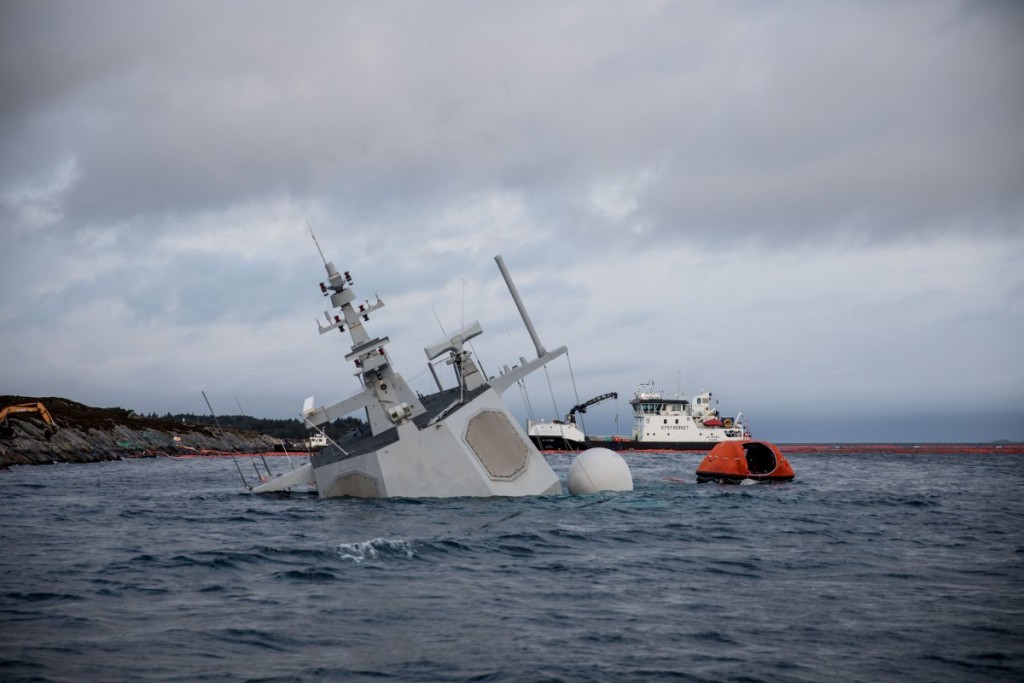
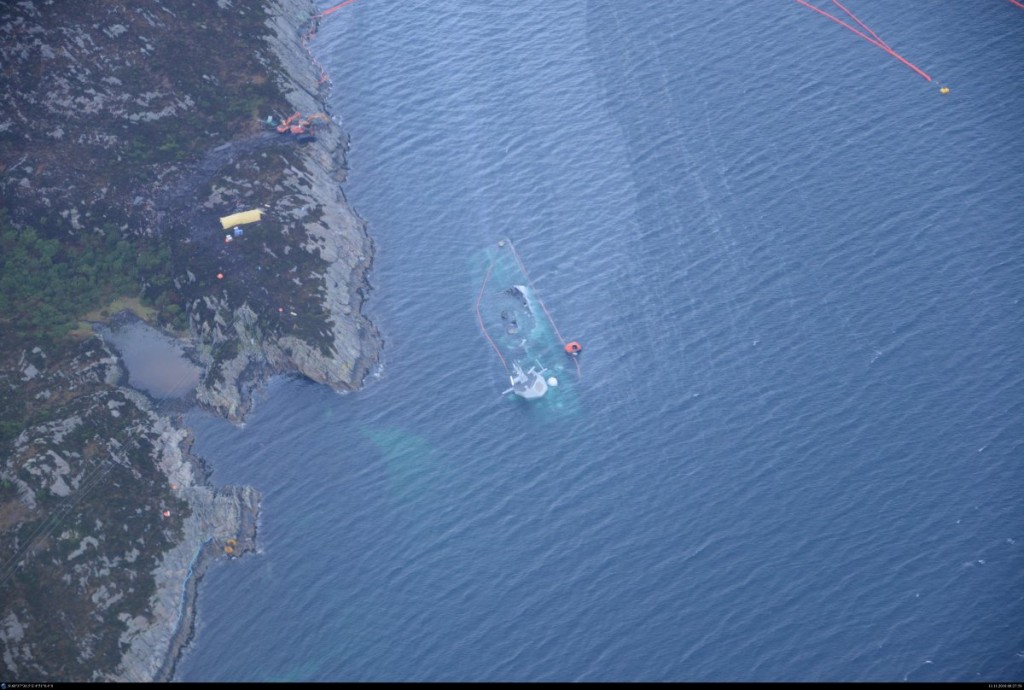






Os caras arranjaram briga com os x-man?P44 escreveu: ↑Sáb Dez 01, 2018 1:19 pm Pelos vistos já é tradição
https://m.facebook.com/navywarshipswar/ ... =bookmarks
vplemes escreveu: ↑Ter Dez 04, 2018 7:34 pm https://www.naval.com.br/blog/2018/12/0 ... e-projeto/
Que foi uma tremenda barbeiragem da tripulação, isso não há a menor duvida. Agora, vendo as fotos e o infográfico, dá para ver que a maior parte do rasgo no casco foi acima da linha d'agua. Não sou engenheiro naval, mas a impressão que fica é que o navio não devia ter afundado. Que os noruegueses estão tentando passar a batata quente para o fabricante, não tenho duvidas. Mas só fazem isso porque há evidencias onde se apoiar. Ou seja, vai sobrar merda pra todo mundo.


Aparentemente, éste accidente, causado pola mala praxe dos pilotos noruegueses, tampouco foi adecuadamente tratado polas autoridades locais. Durante os anos da construcción das F-310 en Ferrol estiveron vivindo en Ferrol un grupo grande de enxeñeiros e militares noruegueses, que modificaron amplamente o deseño inicial das fragatas para acomodalo ás súas necesidades. Non había mamparo, equipo ou pintura que non se puxese nos buques sen a súa aprobación. É por tanto incrible pensar que Navantia teña responsabilidade no afundemento dunha unidade dun producto que leva producidos máis dunha ducia de buques para varios países do mundo.El hundimiento de la fragata “KMN Helge Ingstad” que sufrió el pasado 8 de noviembre una importante colisión con el petrolero Sola TS se debió a un cúmulo de incompetencias por parte tanto de los marinos noruegos como de los encargados de mantenerla a flote una vez se produjo el accidente.
El propio informe, un documento preliminar al que ha tenido acceso defensa.comse encarga de recordar en varias ocasiones que “la investigación aún está en una fase temprana y que las circunstancias están sujetas a nuevas investigaciones (…) El accidente fue complejo, involucrando a varias personas, tripulaciones de puentes, embarcaciones, un VTS (Vessel Traffic System) y la interacción entre ellos. Por lo tanto, la investigación es exigente en términos de tiempo y recursos. La AIBN subraya que este es un informe preliminar y que, por lo tanto, puede contener algunos errores e imprecisiones. Debido a consideraciones relacionadas con el deber de confidencialidad, el material clasificado y el proceso de investigación, la AIBN no publica toda su información en este momento.”
La fragata noruega navegaba con el Sistema de Identificación Automática apagado, lo hacía a una gran velocidad, entre 18 y 20 nudos, en un fiordo, incumpliendo la norma de navegación internacional que dice que en caso de que dos buques se enfrenten, cada uno debe variar el rumbo a estribor, con preferencia el navío de menor maniobrabilidad. De las últimas entrevistas filtradas a medios noruegos se llega a desprender que la tripulación en el puente de la fragata interpretó incluso las luces de navegación del petrolero como si fueran fijas de una instalación en la costa.
Ante esta situación, según expertos consultados por defensa.com, el impacto debió hacer saltar de sus asientos los ejes de la transmisión, lugar por donde se rompió la estanqueidad longitudinal del buque. La rotura del casco a lo largo de nada menos que 45 metros de los 132 metros fue el remate que hizo perder la estabilidad al buque, siendo insuficiente la capacidad de achique cuando quedó inundada parte de la sala de máquinas.
Incluso es posible ver en algunos de los vídeos difundidos como la fragata es empujada contra la costa por remolcadores noruegos, con algunas puertas abiertas, lo que impide la estanqueidad.
El cúmulo de despropósitos siguió puesto que se emplearon cables de acero en lugar de cadenas para intentar mantener el buque sujeto a la costa, algo que no se consiguió cuando algunos de estos se soltaron, comprobándose además que algunas uniones estaban incorrectamente elaboradas
Cabe preguntarse si de existir el supuesto fallo de diseño, por qué este no fue detectado por las autoridades noruegas durante la construcción, la revisión crítica del diseño o durante su operación. Hay que recordar que tanto la Armada española como la Royal Australian Navy (RAN) operan fragatas de moderno diseño concebidas y construidas en parte por Navantia, y que ninguno de estos usuarios ha encontrado similares fallos.
Era para arejar. Assim não ficou o interior a cheirar a bafío e a criar bolores...


https://www.ejercitos.org/2018/12/02/so ... tad-f-313/
Já agora, uma leitura interessante acompanhado dos vídeos.
Cumprimentos
The $400 million, 442-foot-long warship was returning from NATO's massive, multinational Trident Juncture military exercise when it collided with the 820-foot-long tanker.
A Norwegian rescue official said at the time of the collision that the frigate was "taking in more water than they can pump out. There is no control over the leak and the stern is heavily in the sea."
According to a preliminary report released at the end of November 2018, control of the frigate's rudder and propulsion systems was lost, which caused the ship to drift toward the shore, where it ran aground about 10 minutes after the collision.

